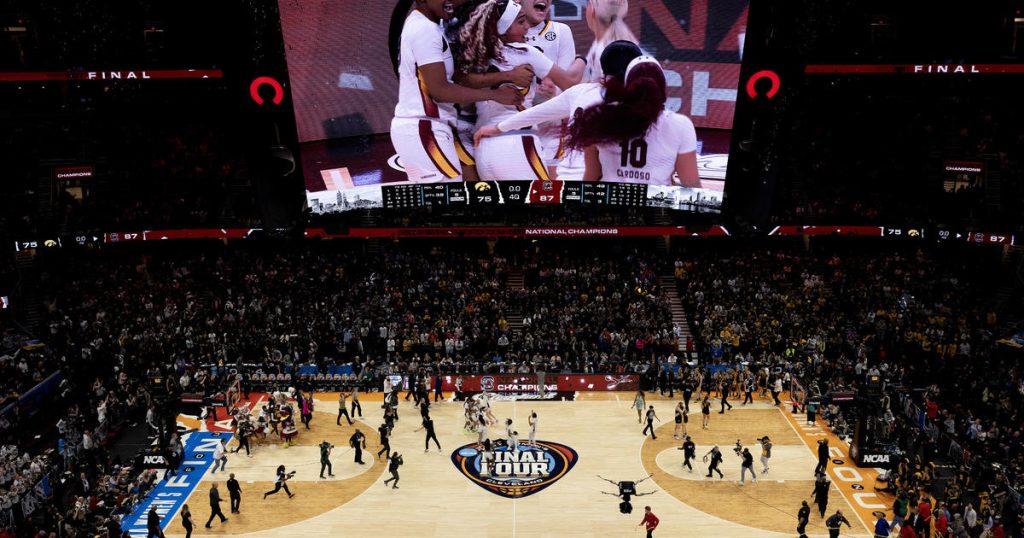The NCAA and the nation’s five biggest conferences have agreed to pay nearly $2.8 billion to settle antitrust claims, paving the way for a new revenue-sharing model that could see athletes receive direct payments starting in 2025. The final conference to sign off on the proposal was the Pac-12, with the SEC, Big Ten, Big 12, and ACC all approving the deal as well. This monumental decision signals a shift towards compensating athletes more like professionals and allowing schools to compete for talent by offering direct payments.
The settlement marks the end of the NCAA’s traditional amateurism model that has been in place since its founding in 1906. With the lifting of restrictions on endorsement deals three years ago, athletes have already been able to profit from their name, image, and likeness. The agreement calls for $2.77 billion to be paid over 10 years to more than 14,000 former and current college athletes who were prevented from earning money from endorsement deals. Schools in the major conferences will bear the brunt of the settlement, each paying about $300 million over 10 years to compensate athletes going forward.
Under the new compensation model, schools will have the option to set aside up to $21 million in revenue annually to share with athletes, with the possibility of increasing the cap as revenues rise. Athletes in all sports will be eligible for payments, and schools will have the freedom to decide how the money is distributed among sports programs. However, it remains uncertain whether the model aligns with Title IX gender equity laws and whether schools can bring NIL activities in-house, potentially leading to more lawsuits.
Facing political and public pressure, the NCAA and conferences conceded on the core principle that schools don’t directly pay athletes beyond scholarships. The Supreme Court’s ruling in an education-related benefits case further challenged the NCAA’s amateurism model, setting the stage for more lawsuits. The settlement is expected to cover two other antitrust cases challenging athlete compensation rules, with a fourth case remaining unresolved in Colorado court. While the settlement is groundbreaking, unresolved issues remain, such as whether athletes should be considered employees and the need for federal legislation to protect the NCAA from future litigation.
NCAA President Charlie Baker previously proposed creating a new tier of Division I athletics where schools with the most resources would be required to pay athletes a minimum of $30,000 per year. Despite ongoing discussions, there are still questions surrounding the status of athletes as employees and the necessity of federal legislation or antitrust exemptions to solidify the terms of the settlement and protect the NCAA’s authority. Overall, major college athletics are poised to become more like professional sports with the implementation of the new compensation model.


